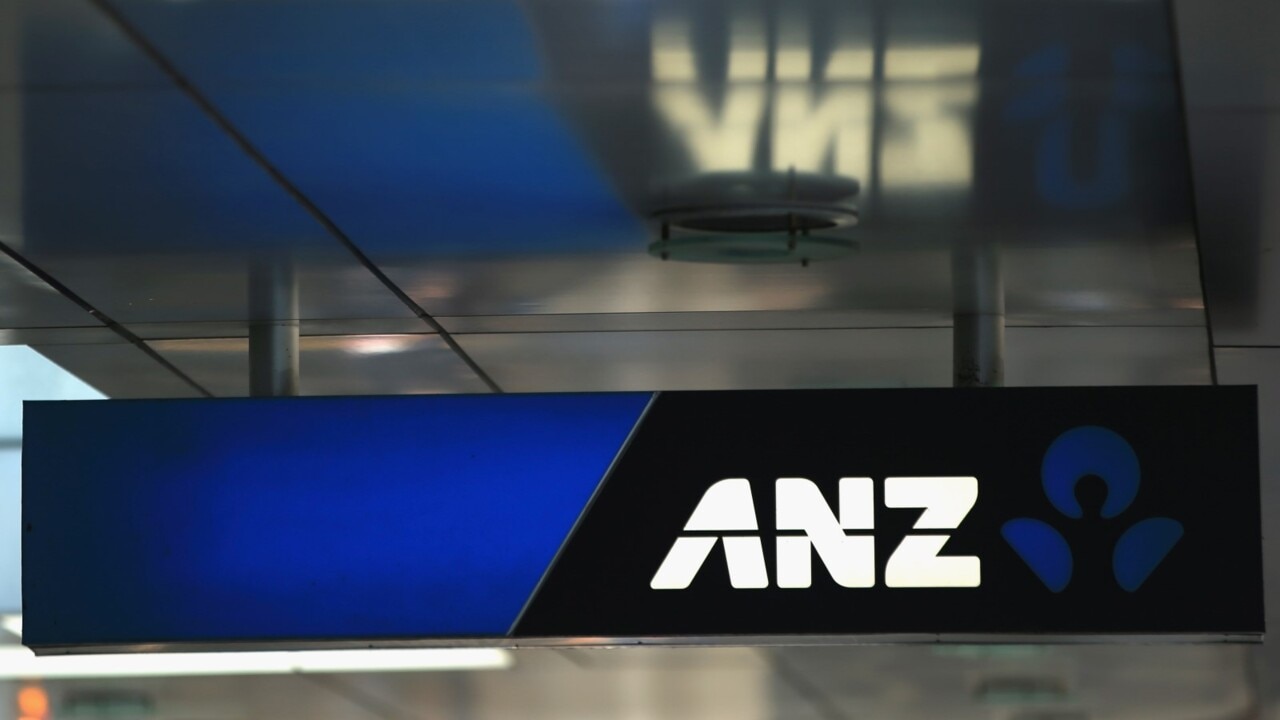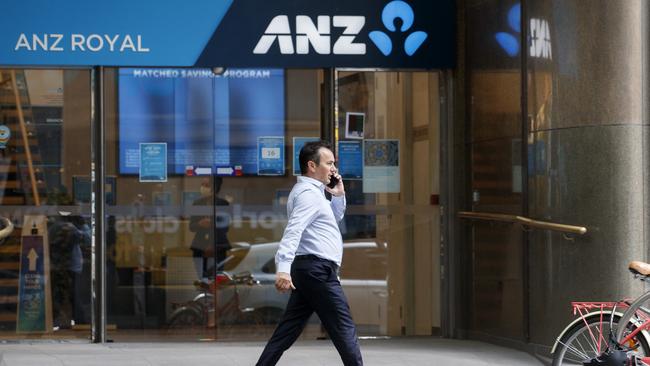
It was switched on more than 18 months ago, and has come with a hefty price tag.
The long-promised digital bank was switched last year with a soft launch. Since then it feels like it has been in perpetual beta testing. But ANZ Plus is slowly finding its feet.
It has just passed a key milestone, reaching more than $10bn in deposits across half a million customers. Half of these are new to ANZ. These are still small numbers for a bank with the balance sheet heft of ANZ but the growth has smashed internal targets.

Importantly, last week, ANZ Plus started processing basic – but fully automated – online mortgages. And by doing so, this puts the 188-year-old ANZ in the digital lending pond of its big four rivals. ANZ has long been the smallest of the big four in retail banking and this is a way forward for the bank.
ANZ Plus “is one of those really important pieces of the puzzle”, Elliott tells The Australian. He puts the potential of ANZ Plus right up with other legacy building projects including the
painful but necessary exit from retail banking in Asia, as well as the pulling back of risk in the way it banked with big corporate clients.
The difference over rivals is that ANZ Plus will eventually be the platform that the entire bank operates on.
“I believe over the long term this will be transformational – it will come from ANZ Plus. And I mean that both as a shareholder, but also as a customer.”
One of the big initial benefits is the cost to operate. Acquiring new customers is about 50 per cent lower than “ANZ Classic” and the cost of servicing the customers while they are there is about 25 per cent below the traditional bank. Elliott expects these savings to get even bigger as more people join the platform allowing it to get critical mass.
‘Macquarie attacker’
Macquarie Group is the rival that has been able to nimbly steal market share from all the big four banks after the investment outfit built a new digital bank offering from the ground up. Elliott is well aware how effective Macquarie has been in shifting the goalposts. ANZ Plus as his competitive response.
However, there is some way to go before ANZ Plus steps up to the next level in banking.
Still to come is the offer of more complicated home loans; joint bank accounts; credit cards and term deposits – all of these will run off the new banking platform.
Amid criticism around the slow launch Elliott likens the process to how tech companies approach new products.
“You don’t wait until you’ve got perfection and launch. It’s that simple. You do the basics,
you learn based on the customer feedback, slowly build it out and you add features and functions over time. And that’s the approach we’re taking.”

Elliott was talking as ANZ on Monday delivered a record annual cash profit of $7.4bn. This was up 14 per cent on the year and built on a year of record revenue.
As the last of the big banks to deliver its annual results, ANZ was always going to be benchmarked against rivals. After losing share on mortgages during the Covid pandemic, ANZ has come back aggressively. It is the only big four to offer a cashback to sign on new customers (currently offering $3000) and pricing has been among the more aggressive.
This means ANZ had the biggest squeeze in interest margins during the second half triggering a more than 3 per cent share price fall following the release of the result.
And given ANZ remains in a holding pattern around the potential acquisition of Suncorp, while other banks were sending back billions of dollars in investor returns, ANZ had to be more constrained. However, it has offered an unfranked $400m special dividend. It still remains well above rivals in terms of tier one capital. Clarity on the $4.9bn Suncorp acquisition should be known by February, with an appeal underway to the ACCC’s decision to oppose the bid. The excess cash sitting on its balance sheet has weighed on its return on equity.
The bank too is feeling the pinch of “negative jaws” – that is its expenses are rising at a faster pace than revenue. Elliott says there is some inflation pressure but expects some of this is likely to ease in the coming year.
‘Right place’
The latest result was underpinned by ANZ’s long-dominant institutional business that banks to big corporate clients. Here Elliott points out there is less risk sitting on the balance sheet with ANZ now seeing the big benefits of choosing to become a big player in payments and currency processing. More than 60 per cent of transactions by value going in and out of Australia – representing trillions of dollars – are processed through ANZ’s pipes.
Elliott says the bank is structurally different from the one he inherited seven years ago. He says it is more balanced with double-digit returns across retail; the newly created small and mid-sized businesses division; institutional; and New Zealand.
Elliott points out this is the result of intense slimming. “We’ve sold 30 businesses. We no longer have a wealth business, we don’t have a life insurance business, we don’t do dealer finance we don’t do retail Asia.
“Structurally, we find ourselves in the right place at the right time on the back of years of investment and diligent execution,” he says.
ANZ’s New Zealand boss Antonia Watson is widely seen as being among the internal successor names in the hat, along with institutional boss Mark Whelan.
Elliott insists he is energetic and says there is still lots to do – including seeing through the Suncorp deal.
“I’m not foolish – I can’t stay here forever. But right now we’re in a good spot. And I’ve got a great team of people. My job is to make sure the board has great internal succession candidates,” he says.
johnstone@theaustralian.com.au






Inside ANZ, the traditional banking business with all its branches and transaction accounts carry the shorthand description “ANZ Classic”. While ANZ Plus is the new bank inside.